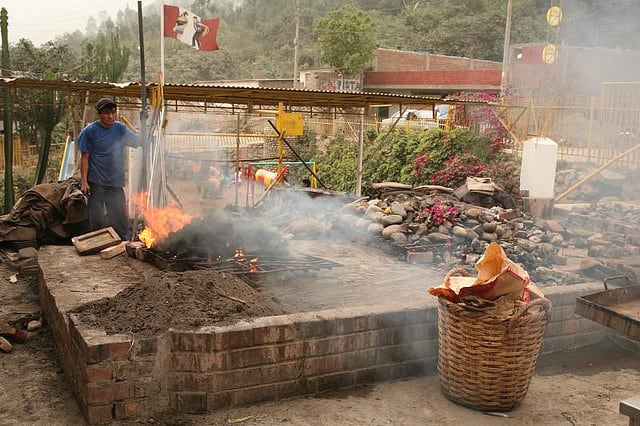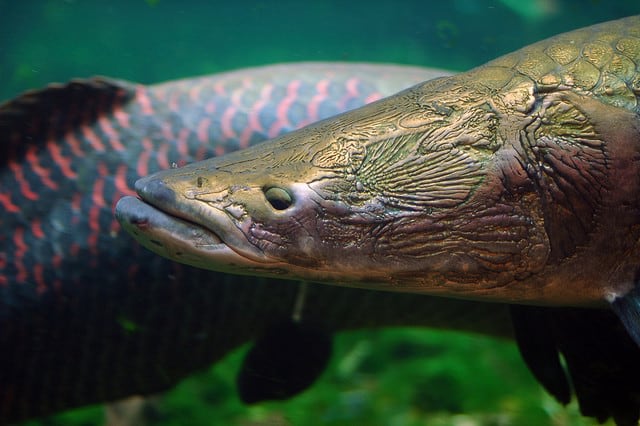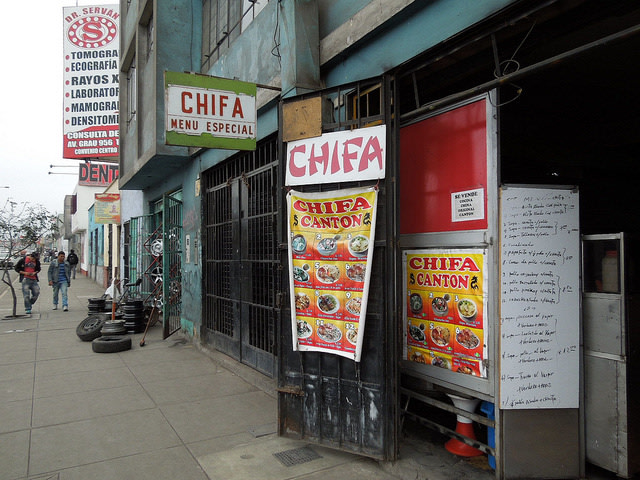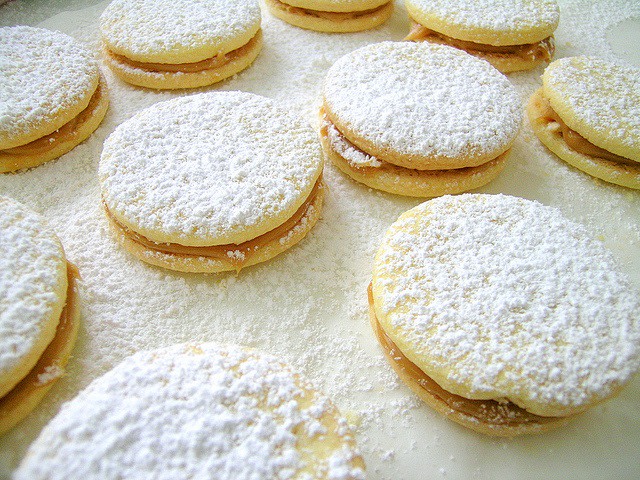| 4 mins read
Peru is one of Latin America’s most unique & diverse destinations. From its stunning landscapes, world wonders and bustling cities to its rich culture and history, the attractions are seemingly endless. Whether you’re taking off for the capital, hiking the Inca Trail or stopping over in Cusco, there is no better way to get to know the place than through its food! With roots reaching all around the world, Peruvian cuisine marries some of the globe’s top flavors with the best local ingredients.
Peru’s three staple ingredients are corn, potatoes and chili peppers. Combining indigenous Incan recipes and food habits with European, Asian and African influences (brought into the country via immigrants), Peru’s cuisine is truly in a world of its own. Depending on where it is in the country you’re visiting, menu options can vary to different degrees. Where do you begin your Peruvian Food Tour? Here are some of our regional favorites:
The Peruvian Coast
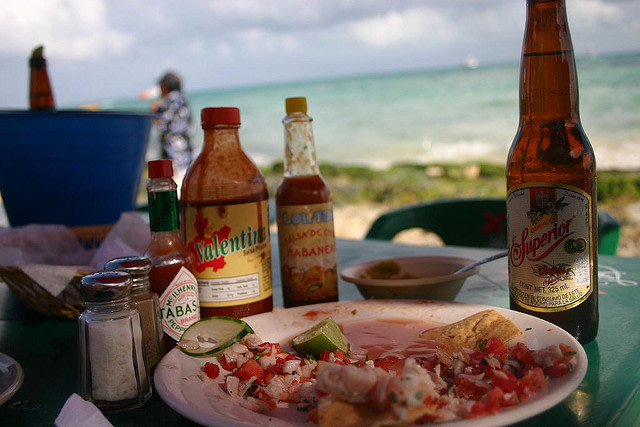
Moving further up the coast of Peru towards the north, the cuisine changes according to external influences as well as the changing climate. Dishes such as Seco de Cabrito (goat stew), Shambar (a pork-based soup) and Ceviche de Conchas Negras (Black Clam Ceviche) are some delicious options to try.
Peru’s Inland Cuisine
Based in and around the Andes Mountains, Peru’s inland cuisine is heavily dependent on corn, potatoes and meat (three things that are easy to come by). One of the most famous dishes in the area is Pachamanca, a specially prepared combination of meats and vegetables cooked over a bed of hot stones (generally saved for celebrations). Visitors with an adventurous palate should ask their Peru tour guides about the ‘specialty’ meats that are served around the Andes region, including Ostrich, Llama, Alpaca and Cuy… barbecued Guinea Pigs!
The Amazonian Region
Moving north towards the Amazon, Peru’s food changes according to the rainforest. Freshwater fish is a big staple here (serving everything from Arapaima to Piranha), cooked mainly in delicious soups or grilled alongside various local vegetables. Exotic fruits are another treat found mainly in the northern Amazonian region of Peru - ranging from the indigenous Camu Camu to mangos, pineapples and star apples.
Peruvian Chinese Food
A world away from Peru’s Coastal, Andes and Amazon based dishes is its Latin American version of Chinese food. As Chinese immigrants also brought their influences onto Peru’s gastro scene, you will find many a “Chifa” restaurant in Lima’s downtown area. Because Peru lacks many traditional ingredients used in Chinese food, cooks were forced to modify their recipes with local substitutes, which is what makes the cuisine so unique! It would be a good bet to rely on your local Lima travel guide to show you the best “Chifa” establishments in the capital.
Peruvian Desserts
Sweets are a definite place where Peru’s Spanish influences can be seen. From rice puddings and Alfajores (sweet, baked pastries) to nougat desserts and Tejas (Spanish candies), Peru’s modified versions of traditional Spanish desserts are a sweet way to finish off any meal. Also keep your eyes open for Picarones (sweet squash/sweet potato fritters) and Lucuma (a native Peruvian fruit) flavored Ice Cream.
Image credits and license details: https://flic.kr/p/iJVp (User Jeff Daly CC BY-NC-SA 2.0), https://flic.kr/p/aZ6P7k (User Travel Aficionado CC BY-NC 2.0), https://flic.kr/p/7KQvbG (User El Gringo CC BY-NC-SA 2.0), https://flic.kr/p/bWNGs (User Jeff Kubina CC BY-SA 2.0), https://flic.kr/p/gLSeWD (User Turner CC BY-NC-ND 2.0), https://flic.kr/p/859emL (User Jamieanne CC BY-ND 2.0)



